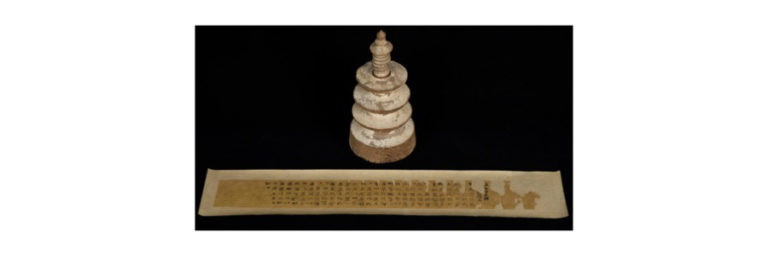
Reach your personal and professional goals
Unlock access to hundreds of expert online courses and degrees from top universities and educators to gain accredited qualifications and professional CV-building certificates.
Join over 18 million learners to launch, switch or build upon your career, all at your own pace, across a wide range of topic areas.

 百万塔陀羅尼・奈良時代 詳しい書籍情報と高画質画像は
百万塔陀羅尼・奈良時代 詳しい書籍情報と高画質画像は


